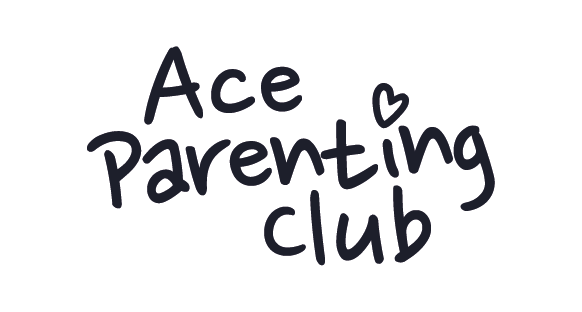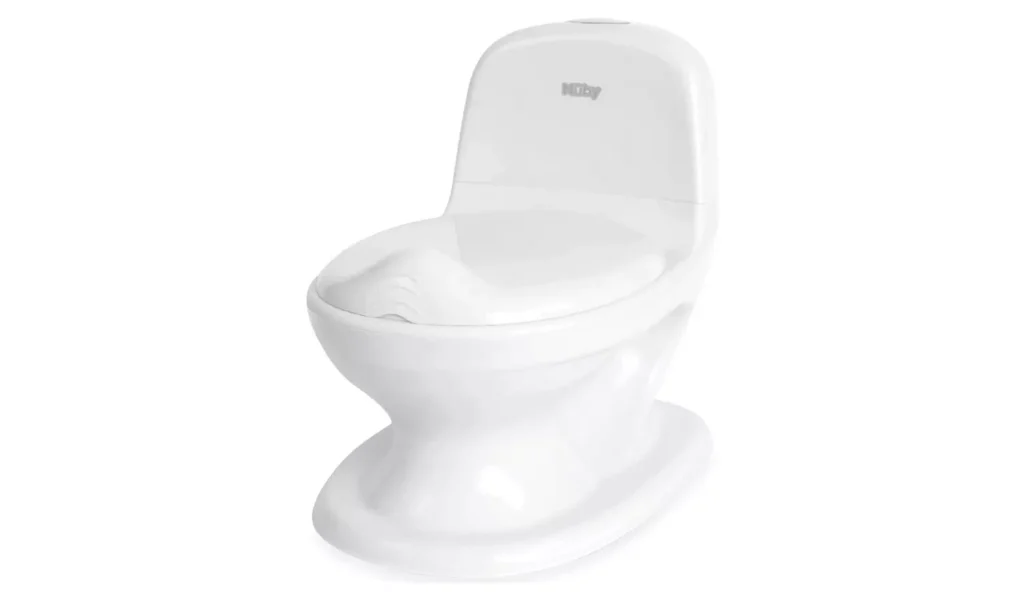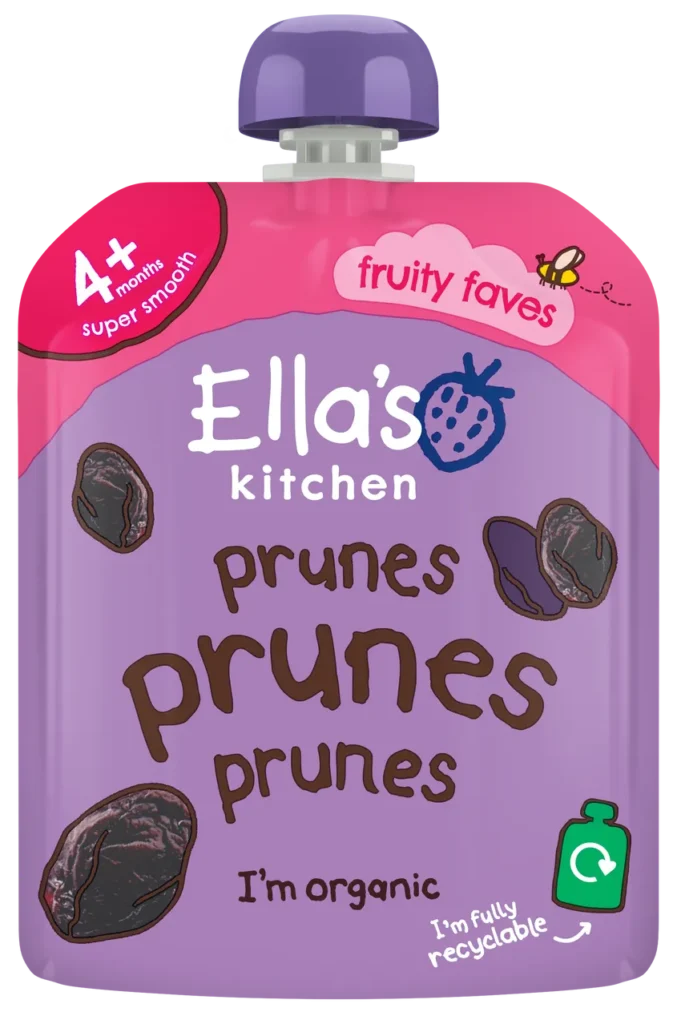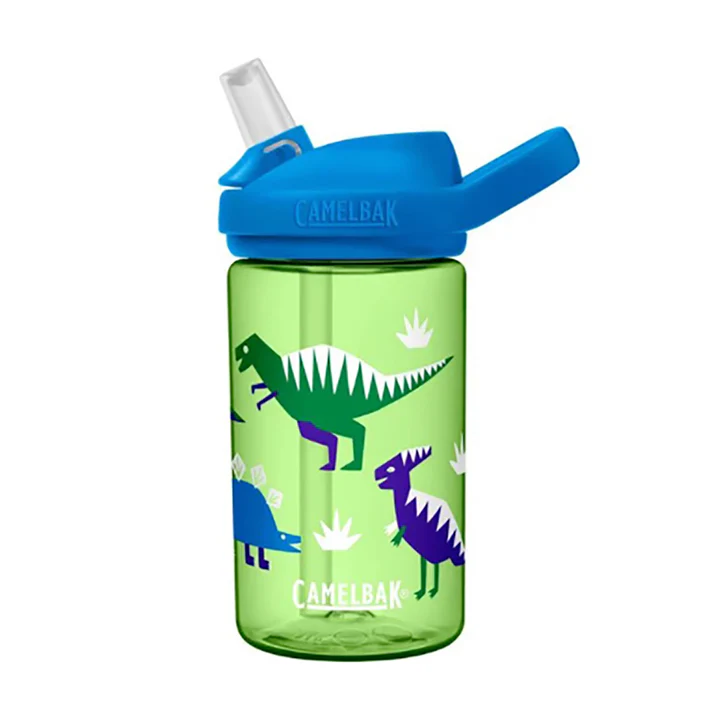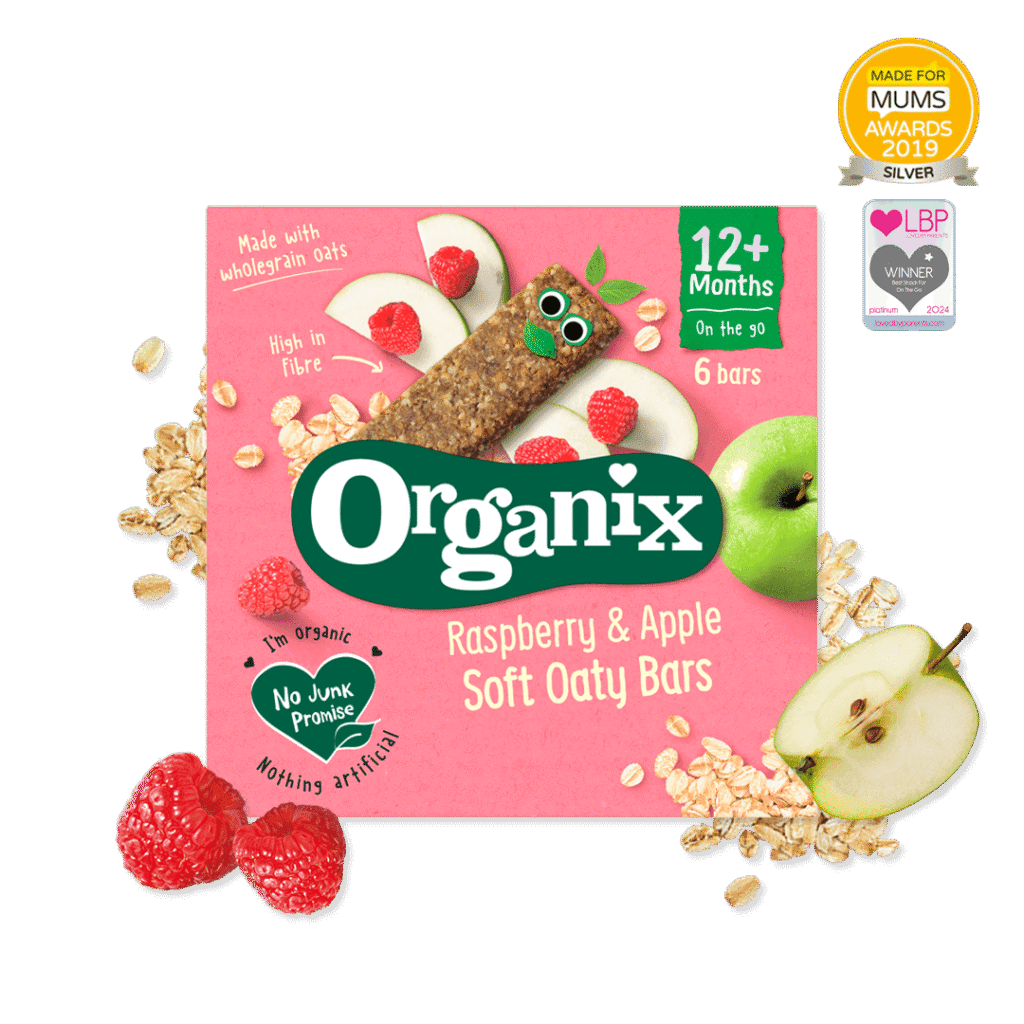We never imagined poo would become one of the most stressful parts of parenting — but here we are.
When our toddler started withholding her poo, everything changed. She would go days without a bowel movement, hide behind furniture, cry if we mentioned the potty, and scream when she finally did go. It was heartbreaking. We kept asking ourselves: Is it her diet? Are we putting too much pressure on her? Are we making it worse?
After weeks of trial and error (and far too many late-night Google searches), we finally found what worked. If you’re in the thick of it right now, we hope these insights help.
Here are five things that made a real difference for us as parents — and gave our daughter the confidence to go again.
1. We Stopped Pushing Potty Training
She seemed interested to begin with. We had the sticker chart, the special toilet seat, and the new “big girl” knickers. But as soon as we encouraged her to go regularly, she resisted. Every time.
Eventually, we realised she just wasn’t ready — emotionally or physically. So we paused. We went back to nappies, took away the pressure, and focused on making the bathroom a calm, safe space again.
💡 If your child is withholding, it may be linked to fear — of pain, of change, or even just of the toilet itself. Taking a step back can actually help them move forward.
2. We Improved Her Diet (Without the Mealtime Battles)
We thought she was eating reasonably well — until we looked more closely. Her fibre intake was lower than we realised, and she wasn’t drinking enough water. The result? Hard stools, painful experiences, and a fear of going.
We didn’t overhaul everything overnight. We made simple swaps:
- Apple slices with the skin instead of crackers
- A prune pouch after breakfast
- Wholegrain toast with peanut butter
- A water bottle that stayed with her all day
Within a few days, her poos were softer — and she wasn’t scared of them anymore.
💡 Kiwi fruit, dried apricots, pears, chia pudding, and oat-based snacks were surprisingly effective.
3. We Built a Gentle Potty Routine
Rather than asking, “Do you need a poo?” (which always got a firm “No”), we started creating structure without pressure.
After lunch and before bathtime became regular “potty sits” — even if she didn’t go. Sometimes she sat for a minute, looked at a book, and popped back up. That was fine.
We made a little basket with picture books, toys, and a sand timer. It turned the potty into a familiar, calm space — not a battleground.
💡 Letting her flip the timer or choose a book gave her a sense of control — and that made a huge difference.
4. We Used Encouragement, Not Pressure
We didn’t realise how much pressure we were unintentionally putting on her. Over-celebrating wins, or sounding disappointed when she didn’t go, added stress. She picked up on our reactions, even the subtle ones.
So we changed our approach completely. We focused on encouragement for any positive step:
- “You sat on the potty — well done!”
- “You listened to your tummy — that’s so clever.”
- “You told us when you needed to go — high five!”
We dropped the sticker charts and focused on calm, specific praise — not hype, not bribes.
💡 Encouragement works best when it’s steady, kind, and low-pressure. Toddlers respond to feeling understood — not rewarded.
5. We Asked for Help Sooner Rather Than Later
After four days with no poo and lots of tears, we called our GP. We half-expected them to say it was just a phase — but instead, they took it seriously.
They offered practical advice around diet and routine, and suggested a short-term stool softener to help ease the fear of painful poos. They also reassured us we weren’t doing anything wrong — which was exactly what we needed to hear.
💡 Don’t wait until you’re at breaking point. A quick conversation with your GP or health visitor can make a world of difference.
Our Final Thoughts
If your toddler is withholding their poo, hiding when they need to go, or terrified of the potty — we understand. It’s emotionally draining, and it can feel like you’re failing. You’re not.
This isn’t about bad behaviour. It’s about fear, control, and learning how to listen to their little bodies.
For us, these five changes didn’t fix everything overnight — but they brought peace back into our home and gave our daughter the tools she needed to feel safe going again.
And now? She tells us when she needs to go. She’s proud. And so are we.
